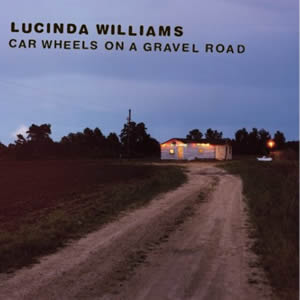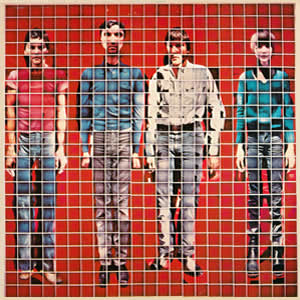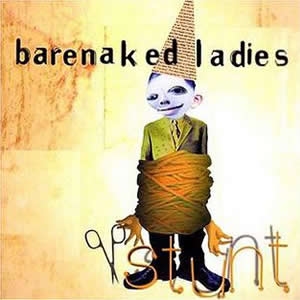Car Wheels On a Gravel Road
by Lucinda Williams
Buy Car Wheels On a Gravel Road Car Wheels on a Gravel Road, the fifth studio album by Lucinda Williams, is a highly acclaimed, awarded and influential 1998 record. In fact, several have […]



